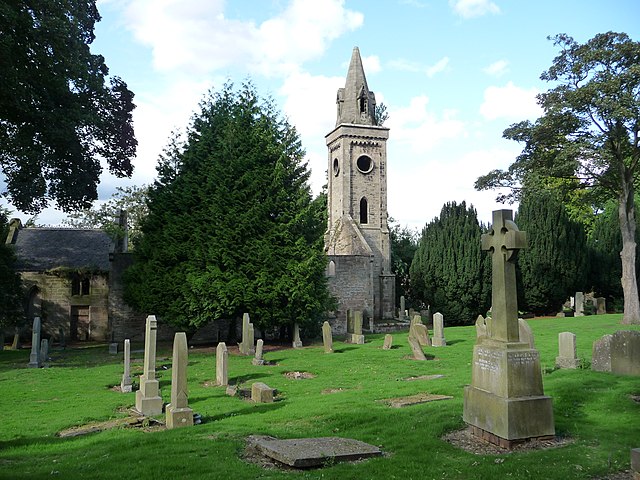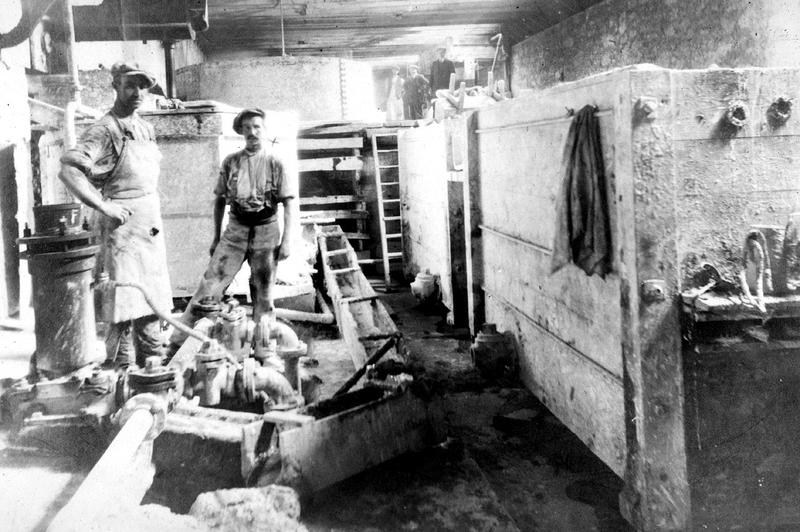Falkirk Community Trust has been collaborating with Sustrans on their wonderful Greenways project to bring some local heritage to life along the foreshore at Bo’ness. This is one of the stories from the project.
“Kinneil Nature Reserve is an amazing place to visit.”
David Anderson, Royal Society for the Protection of Birds in Scotland
fields['text']) echo $section->fields['text']; ?>
The Reserve
The Kinneil foreshore welcomes thousands of walkers and cyclists each year. But the area is also an important destination for visitors of the feathered variety. David Anderson, from the Royal Society for the Protection of Birds (RSPB) in Scotland is impressed by the site, now a designated local nature reserve. He says:
“One of the most exciting aspects of it is the fact that it sits right next to an internationally important protected area – an area where you can see a huge variety of species of birds. It really comes alive during the winter months when thousands of waders and ducks come down from the artic breeding grounds to feed on the mudflats that sit next to the Kinneil Nature Reserve. It’s quite a stunning spectacle.”
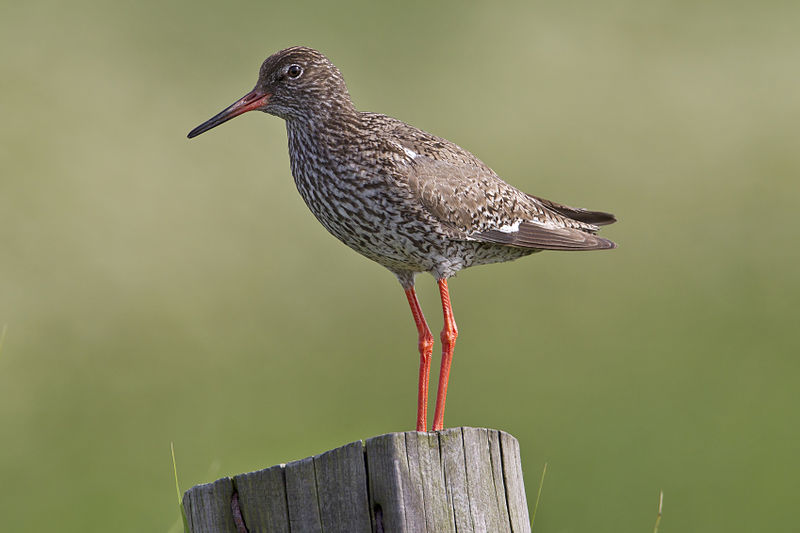

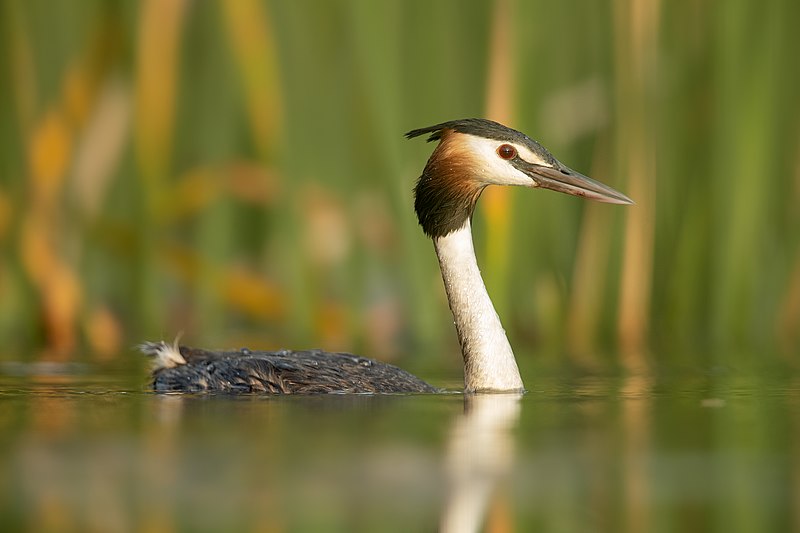

Bird Watching
Here are some of the birds to look out for when visiting the reserve:
SHELDUCK - This colourful duck is bigger than a mallard and is usually found in coastal locations. The Shelduck has been adopted as the logo for the Kinneil Nature Reserve.
KNOT – A dumpy wading bird.
REDSHANK – A wading bird with red legs, hence the name. They hunt for insects by putting their bills into soil and mud.
DUNLIN – One of the most common wading birds found along our coasts.
WIGEON – A colourful, medium-sized duck.
TEAL – The males have distinctive chestnut coloured heads, with green stripes around their eyes.
MALLARD – The males have a stunning green head and yellow bill.
GREAT CRESTED GREBE – A colourful bird with some ornate head gear.
GOLDENEYE – Not a Bond film but a green headed duck.
PINTAIL – A duck with a tapering tail.
OYSTERCATCHER – A black and white wading bird, with orange bill and reddish legs.
RINGER PLOVER – A brown and white wading bird.
LAPWING – A black and white bird, also known as a Peewit.
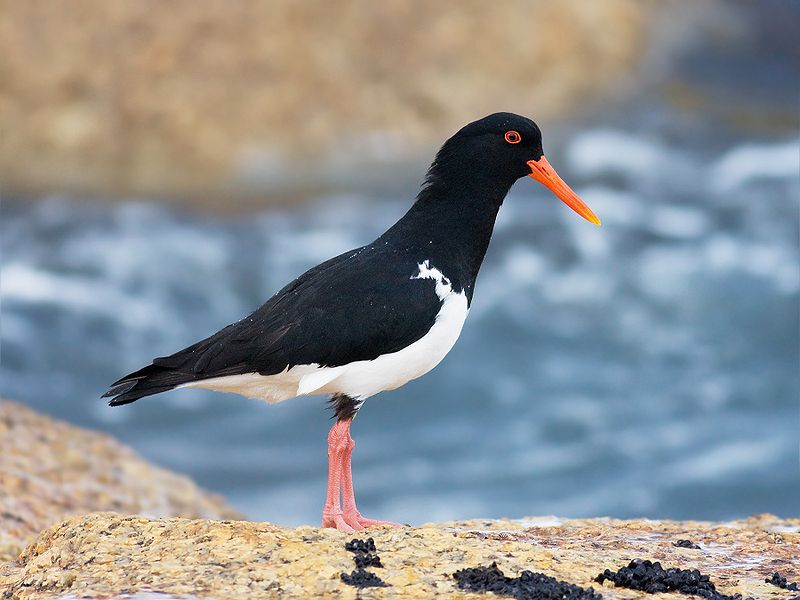

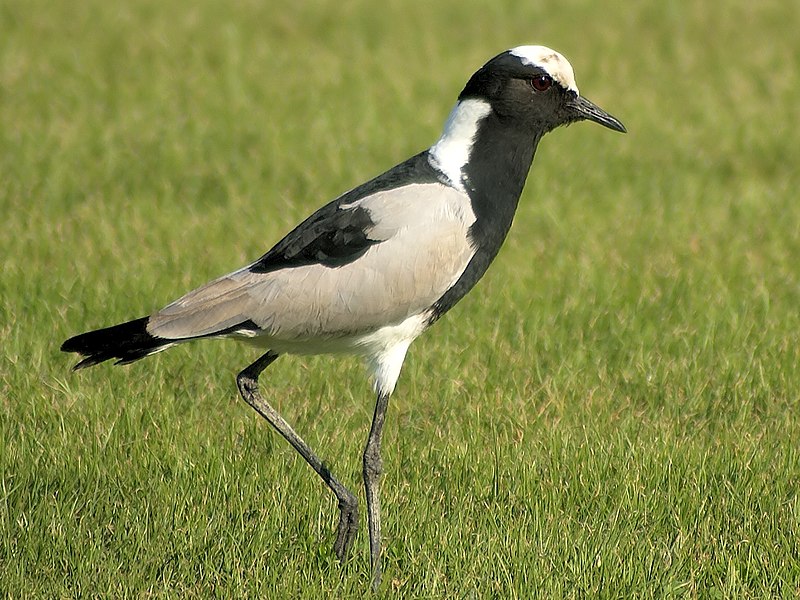

Plants and Trees
Native tree species like Alder, Willow, Scots Pine and Birch have been planted over the site – as they are tolerant of poor soils and the harsh, coastal conditions. Bramble and Sea Buckthorn have also been established. The meadow areas are also being encouraged and managed.
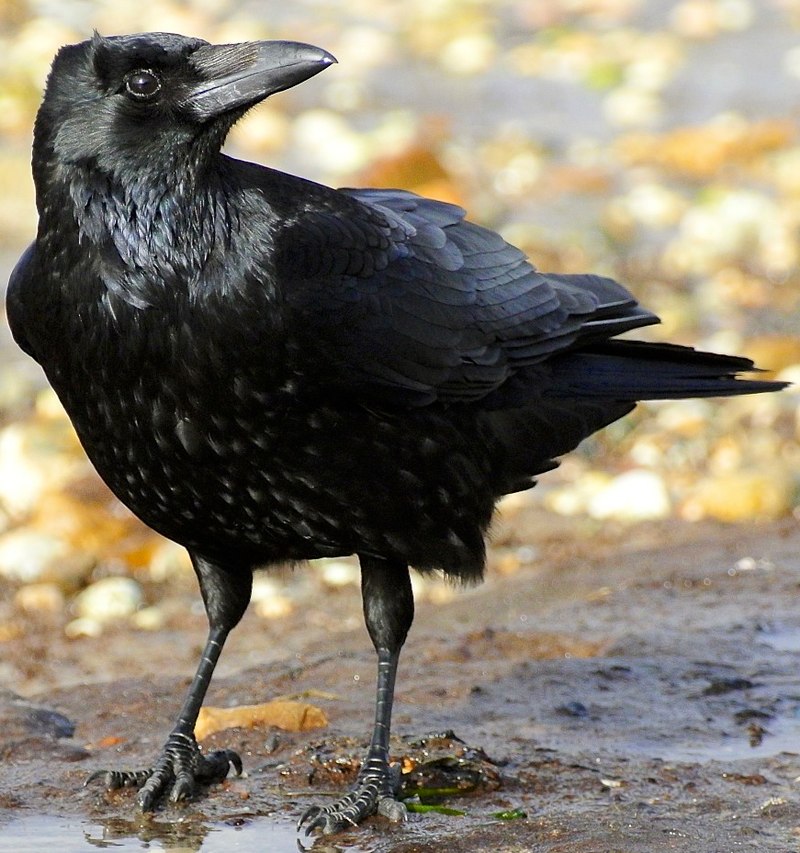

Something to Crow About
Popular residents along the Bo’ness foreshore are flocks of Carrion Crows. The RSPB describes them as “one of the cleverest, most adaptable of our birds.” Crows are known as Craws or Corbies in Scotland and they feature in two place names near the foreshore: Corbiehall (just along from the Harbour) and the Craw Yett (the northern entrance to Kinneil Estate). Bo’ness is also said to be the inspiration for the fictional work The Hill of the Crows, by Frederick Sleath, published in 1921.
Falkirk Council works with groups across the local area to improve nature sites. If you’re interested, email: [email protected]
